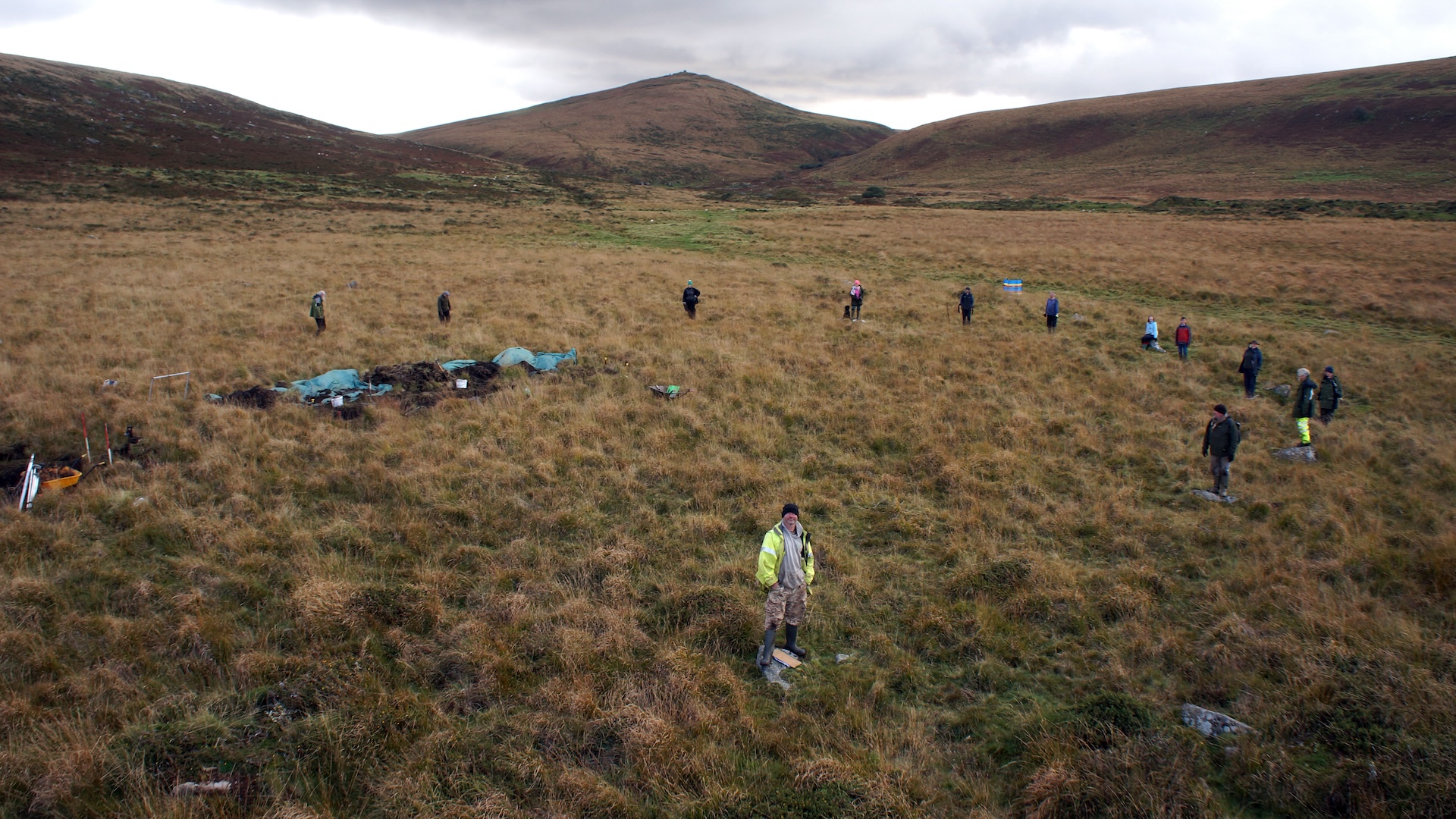Plants, Vol. 13, Pages 3250: Efficiency of Desiccation, Biomass Production, and Nutrient Accumulation in Zuri and Quênia Guinea Grasses in Integrated Crop–Livestock Systems and Second-Crop Maize
Plants doi: 10.3390/plants13223250
Authors: Bruno de Souza Marques Kátia Aparecida de Pinho Costa Hemython Luís Bandeira do Nascimento Ubirajara Oliveira Bilego Eduardo Hara Rose Luiza Moraes Tavares Juliana Silva Rodrigues Cabral Luciana Maria da Silva José Carlos Bento Breno Furquim de Morais Adriano Carvalho Costa Tiago do Prado Paim
Modern agriculture faces the challenge of increasing production without expanding cultivated areas, promoting sustainable practices that ensure food security and environmental preservation. Integrated crop–livestock systems (ICLSs) stand out as an effective strategy, diversifying and intensifying agricultural production in a sustainable manner, ensuring adequate soil cover, and improving nutrient cycling efficiency. Thus, this study aimed to explore and compare integrated crop–livestock systems with Zuri guinea grass (Panicum maximum cv. BRS Zuri) and Quênia guinea grass (Panicum maximum cv. BRS Quênia) against the conventional soybean/maize succession method in a tropical region, and how these systems affect biomass decomposition, C:N ratio, nutrient cycling, and fertilizer equivalents. A field experiment was conducted in two phases: the first in the second-crop season and the second in the main season, using a randomized block design with four replicates. The treatments consisted of two ICLS systems, one with Zuri and Quênia guinea grasses established after soybean, and a succession system with maize established after soybean. The results indicated that Quênia guinea grass showed greater desiccation efficiency, with an injury rate of 86.5% at 21 days, 8.5% higher compared to Zuri guinea grass. In terms of biomass, Zuri and Quênia guinea grasses had average productions of 7021.1 kg ha−1, which was 43.25% higher compared to maize biomass. The biomass decomposition of the grasses was faster due to their lower C:N ratio, resulting in greater nutrient release into the soil. Both forage grasses (Zuri and Quênia guinea grasses) are suitable for integrated crop–livestock systems, as they showed similar biomass production and nutrient accumulation. Soybean yield was not influenced by the different cropping systems, showing similar results between the biomass of Zuri and Quênia guinea grasses and maize. However, grass biomass enriches the soil more through the return of fertilizer equivalents, which in future studies could be considered for the reduction of mineral fertilizers, ensuring greater sustainability of agricultural systems.

 1 day ago
23
1 day ago
23


